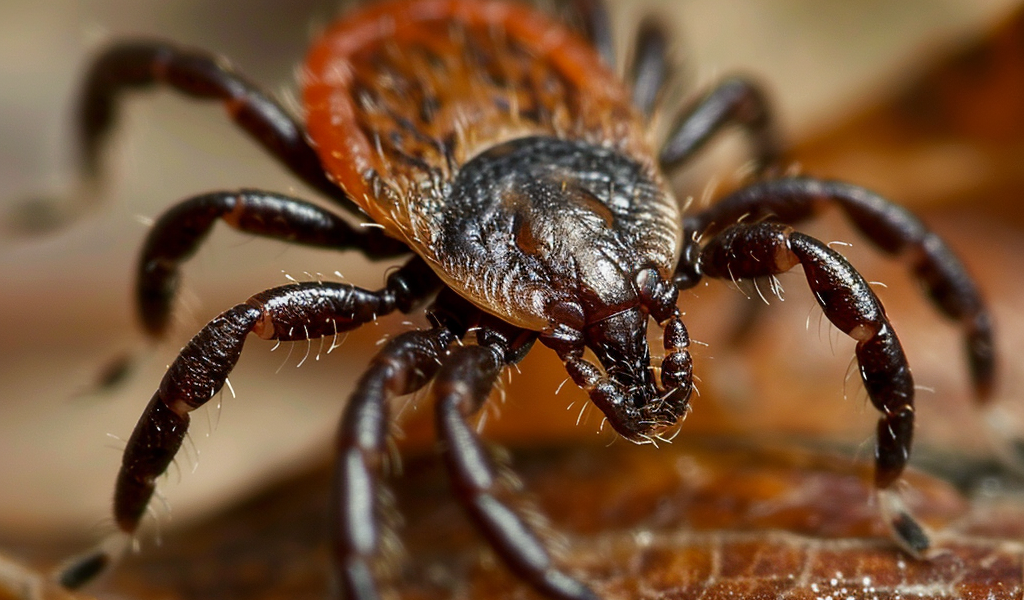As temperatures begin to rise in Canada, so do the ticks. The warming weather signals the emergence of these tiny creatures from their winter hiding spots, ready to latch onto unsuspecting hosts. With the unseasonably warm winter experienced in many parts of the country, experts warn that ticks likely emerged weeks ago, primed and ready to strike.
David Beresford, an entomology professor at Trent University in Oshawa, Ont., explained that ticks only need about 4 degrees Celsius to become active and start questing for hosts. The shifting weather patterns and warmer temperatures have created more favorable conditions for ticks to thrive and expand their habitats across Canada, bringing them into closer contact with humans and animals, heightening the risk of tick-borne illnesses.
Lyme disease, primarily spread by deer ticks, is the most common tick-borne illness in Canada. It is caused by a bacteria called Borrelia burgdorferi and is transmitted through the bites of infected deer ticks. The disease has been on the rise in Canada over the last decade due to climate change. Health Canada data shows a significant increase in reported cases, with 2,168 cases reported in 2022, up from just 144 cases in 2009.
During the Canadian winter, ticks seek shelter in protected areas such as leaf litter, under logs, or burrow under the snow and into the soil to stay insulated. As temperatures begin to rise, typically around 4 degrees Celsius, ticks become active again, emerging from their winter hiding spots and start seeking hosts for blood meals. The timing of tick activity can vary depending on the specific region and local climate conditions. Balmier temperatures and increased humidity generally trigger their emergence, according to Beresford.
Despite the lingering cold in parts of Canada, ticks can still be active. Beresford emphasized the importance of being vigilant, stating that it is a very vulnerable time to encounter ticks, even if it still feels like winter in some areas.
As the weather continues to warm up, it is essential for Canadians to be aware of the increased tick activity and take necessary precautions to protect themselves and their pets from potential tick bites and tick-borne illnesses.





